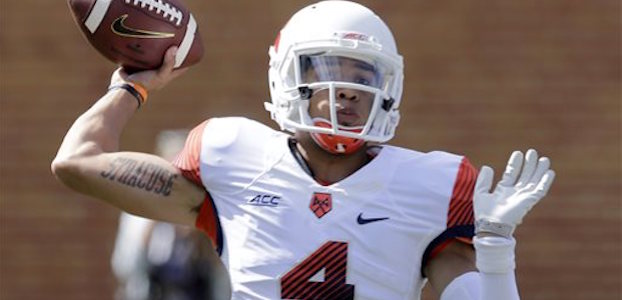For those who have played the game and suffered the injury, the symptoms are all too familiar.
Ringing in the ears — there’s a reason why they call it “getting your bell rung.”
A dizzy, blurry sensation — some call it “being in a fog”.
Short-term memory loss. You might not be able to recall what you ate for lunch, what your dorm room number is, what state you were born in. Occasional nausea and/or vomiting can be a result.
Suffering a concussion is no fun for anyone — whether it’s a car accident victim, an elderly person or a child falling down a flight of stairs, or any another involuntary way one might suffer a traumatic head injury.
But when a concussion happens in a voluntary activity such as playing football, some question whether the risks are worth the rewards.
Safety advocates have used the recent spike in reported dementia and ALS (Lou Gehrig’s Disease) cases, as well as suicides, among former college and NFL veterans as proof that much more must be done to protect modern-day football players at the professional and major collegiate levels from the long-term damage that can be done by repetitive head trauma.
The sport of football, of course, isn’t going anywhere. So the challenge in recent years has been to try to identify potential triggers of concussions, ways to research traumatic head injuries for potential trends, as well as taking any number of preventative and precautionary measures, including special padding in helmets and holding players out of workouts and practices when they’re showing symptoms of head trauma, to try and reduce the concern.
Realistically, however, college administrators and medical personnel are just scratching the surface as far as determining the true effects of various types of head trauma in football players, and how to minimize their long-term risk to a variety of health concerns.[hr] Get access to the rest of this article and unlimited access to the rest of ACCSports.com when you upgrade to Premium Access! Click on the button below to view all the benefits of becoming a Premium Access member.Get the rest of the story right now with Premium Access!
Premium Access members receive:

















